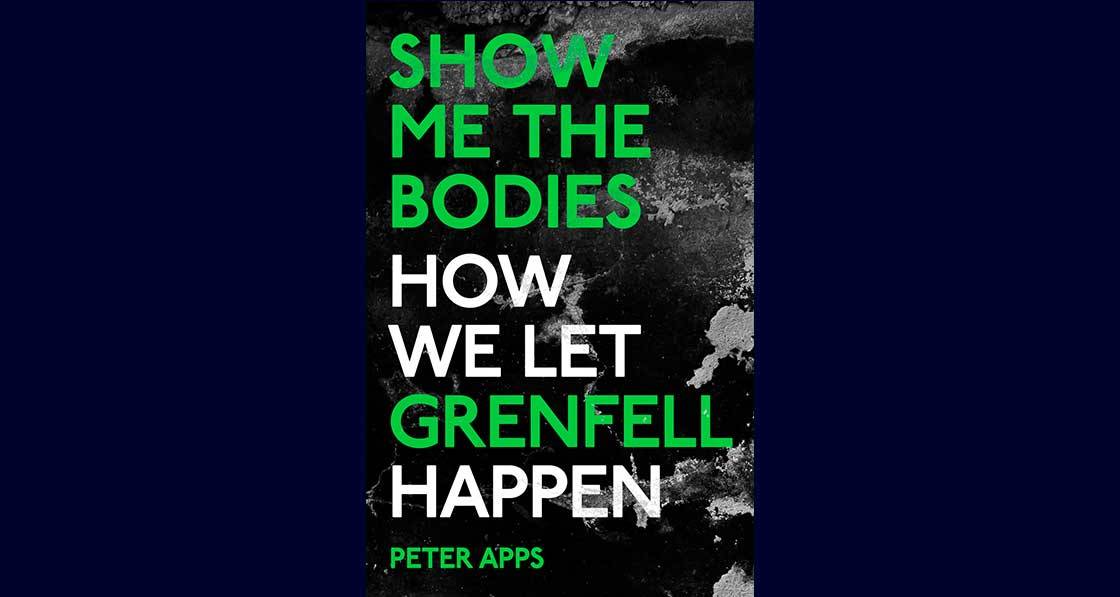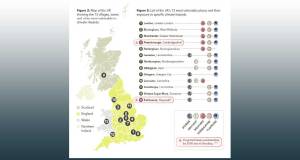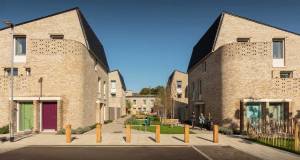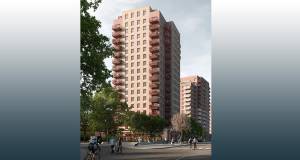
- General
- Posted
Show Me the Bodies: How We Let Grenfell Happen
This article was originally published in issue 44 of Passive House Plus magazine. Want immediate access to all back issues and exclusive extra content? Click here to subscribe for as little as €15, or click here to receive the next issue free of charge
On 14 June 2017, 72 people needlessly died in what was to become the UK’s worst housing disaster.
For anyone watching at the time, as flames ripped up the sides of the high rise building in West London, it was clear something had gone horribly wrong, and what followed in the years afterward through the subsequent inquiry and investigations, sent shockwaves through the sector – shockwaves that should change everything.
I, like many, followed the inquiry as it happened, facilitated largely by the excellent reporting of Peter Apps, deputy editor at Inside Housing, a publication with a focus on social housing.
I was shocked by the testimony, and being from industry, was particularly interested in how something so extraordinarily flammable could find itself on the outside of any building, let alone a tower block.
The answers, as they were coming out from the inquiry at the time, were explosive.
This book "Show Me the Bodies: How We Let Grenfell Happen", by the same reporter
Peter Apps, is a forensic review, as it stands today, of the evidence presented at that inquiry. And it is an indictment of the entire sector.
But it is the account from those that were there that night and the stories of the community that lived in Grenfell that lifts this book to another level. Each chapter starts at a point in time in the evening and sets the scene as the disaster unfolds, followed by powerful personal testimonies and stories of the lives it touched and destroyed.
It is an emotional rollercoaster of the shock of the events, the heartache of the lives it ruined, and anger at a system that let Grenfell happen. I found myself shaking my head in disbelief one minute, taking a minute to compose myself another (that's crying like a baby), to wanting to break something.
But this disaster was foretold by many, from industry experts to the residents of the flats themselves. Warnings to the local authority about the state of disrepair of many of the safety systems that would ultimately hinder rescue efforts on the night, went unheeded.
It’s hard to even begin to explain the industry's part in what led to the products being used on the high-rise, which ultimately turned Grenfell into a towering inferno. With one manager's response to questions about the products fire safety, years beforehand, saying they could “go fuck themselves”. An employee of another describing a test on its product as a "towering inferno", buried the testing and marketed it for use on high-rise buildings.
There were failings, all the way to the top of the system itself, with the false reliance on declining deaths by fire used as an excuse for inaction and the citing of unreasonable burdens and costs to industry. As one senior civil servant put it when pressed to justify its failure to tighten fire safety rules, “show me the bodies.”
As Apps notes in the book, “on the 14th of June 2017, our government got what it had asked for”.
From the first chapter, this book smacks you in the face and doesn’t let up. It’s a story of loss and unbelievable bravery, it’s a story of neglect and obfuscation at a grand scale and ultimately a story of failure to protect the vulnerable including families and children.
It’s a story that everyone involved in the built environment should read, think about for a while, read again, and imprint in their memory.
The entire industry needs to ask itself the question, what kind of culture creep takes a company to a place that these found themselves in? And what systems can it put in place to make sure it never happens again?
And as a society, this book asks uncomfortable questions of us all. Ultimately, how did we let Grenfell happen? And this time, this time, will we learn the lessons?
About the reviewer
Simon Jones has been in building services, air quality and the built environment for nearly two decades and has consistently been a voice for better standards and approaches in the industry. He has built up a reputation of integrity and knowledge in that time across the ventilation and indoor air quality sector.
Related items
-
 #BuildingLife Series: Director at CORA Consulting Engineers, John Casey
#BuildingLife Series: Director at CORA Consulting Engineers, John Casey -
 September’s AECB environmental construction conference seeks to spark debate among industry experts
September’s AECB environmental construction conference seeks to spark debate among industry experts -
 Climate report warns overheating crisis threatens UK
Climate report warns overheating crisis threatens UK -
 Sustainable building leaders crowned at Exemplar Awards
Sustainable building leaders crowned at Exemplar Awards -
 Barratt launches record passive house scheme
Barratt launches record passive house scheme -
 Green homes and finance join forces for growth
Green homes and finance join forces for growth

